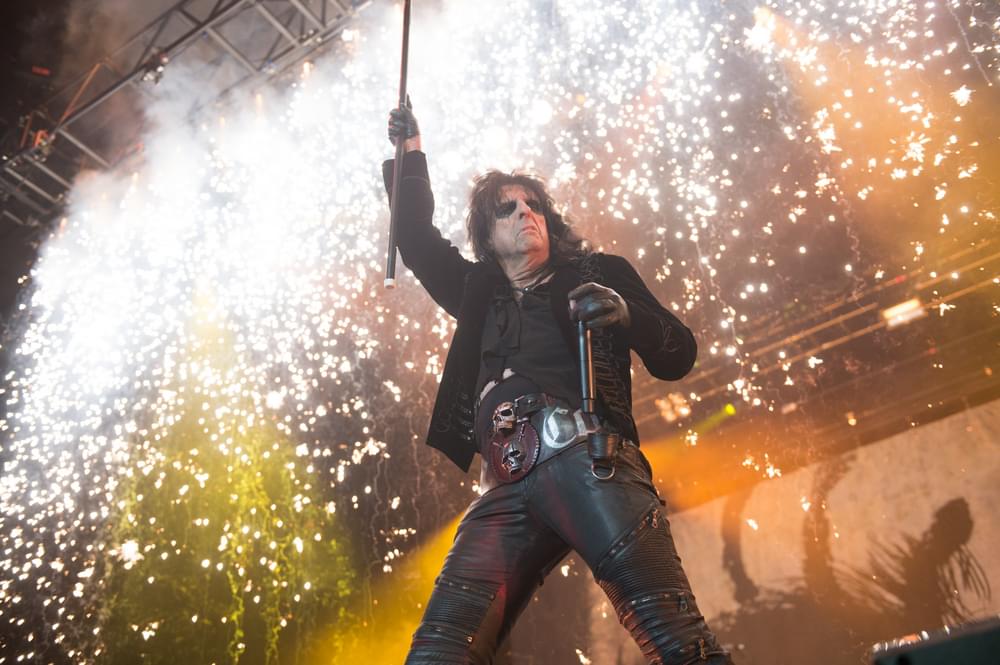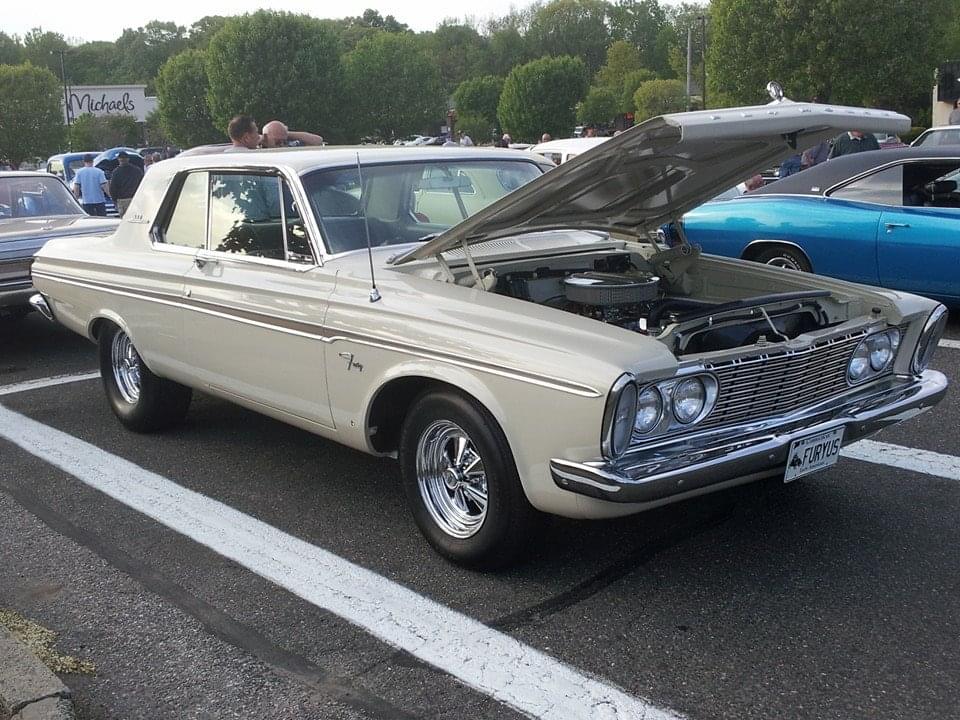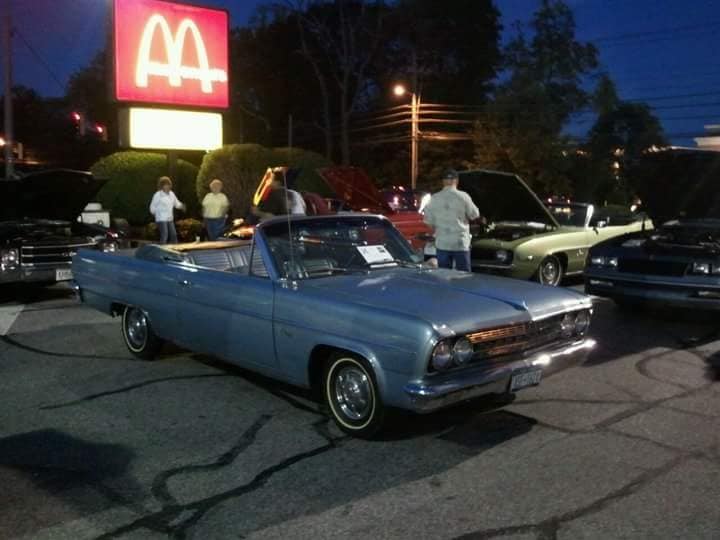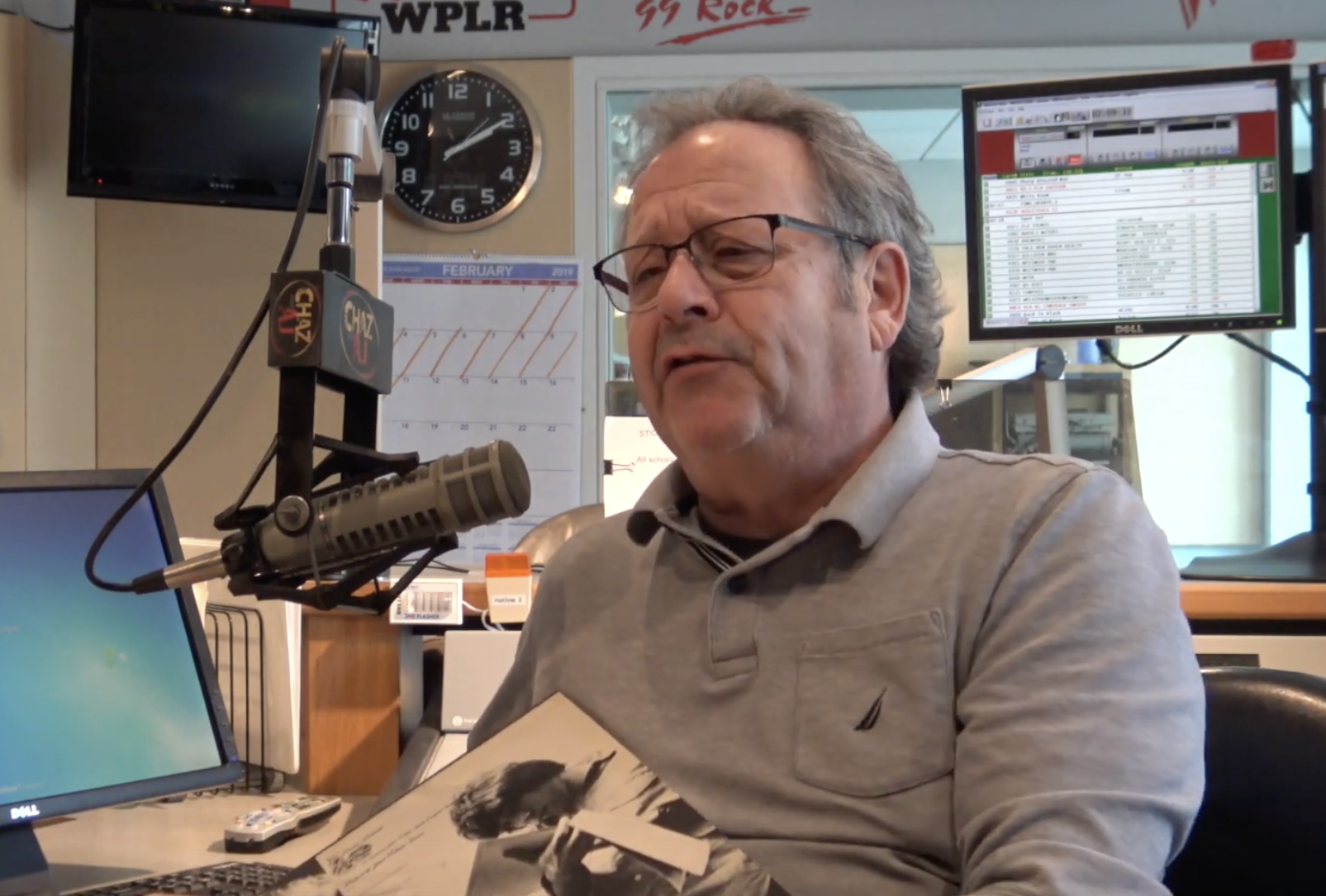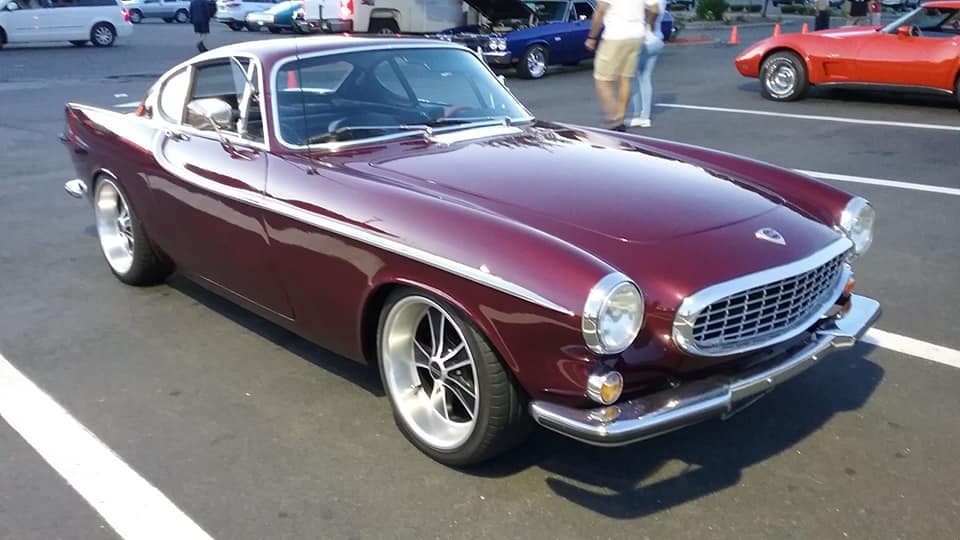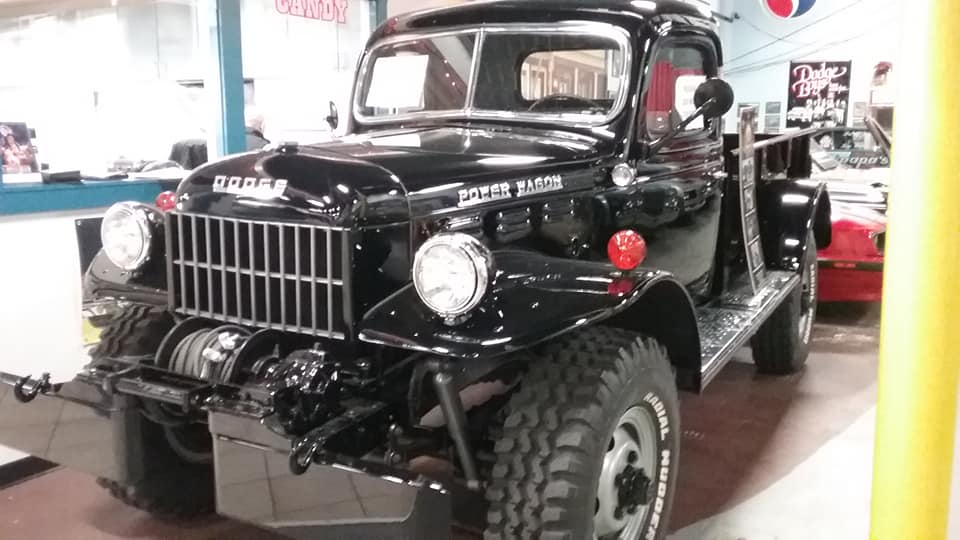The latest trend in entertainment are rock biopics, and we’re cool with that. Motley Crue’s film memoir will be released next month on Netflix, Bohemian Rhapsody is currently nominated for five Oscars. and a film based on Elton John, Rocketman will be released this May.
So, everyone wants in…including Alice Cooper.
When talking to NME about the idea of his life becoming a movie, he said: “I think it’s natural. I mean, there’s so many good tales in the Alice Cooper story. We were the band nobody liked. We were the band that never had a chance to make it. Not only did we make it but I’m still doing it 50 years later, and I think the show’s better now that it was then. But the fact we were the biggest underdog of all time to actually make it commercially in this business and keep it going – that story right there is amazing.”
Alice Cooper was asked who he’d want to portray him in the movie of his life. His answer: Hollywood Vampires co-member, Johnny Depp. I can see it!
If this movie actually gets made, will we know the full story behind the infamous chicken incident?
